
How to Use ADS1115: Examples, Pinouts, and Specs
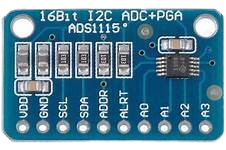
 Design with ADS1115 in Cirkit Designer
Design with ADS1115 in Cirkit DesignerIntroduction
The ADS1115 is a precision, low-power, 16-bit analog-to-digital converter (ADC) with an integrated programmable gain amplifier (PGA). It is designed for applications requiring high-resolution measurements, such as portable instrumentation, battery monitoring, temperature sensing, and factory automation. The ADS1115 can be used in single-ended or differential mode, making it versatile for various signal acquisition needs.
Explore Projects Built with ADS1115
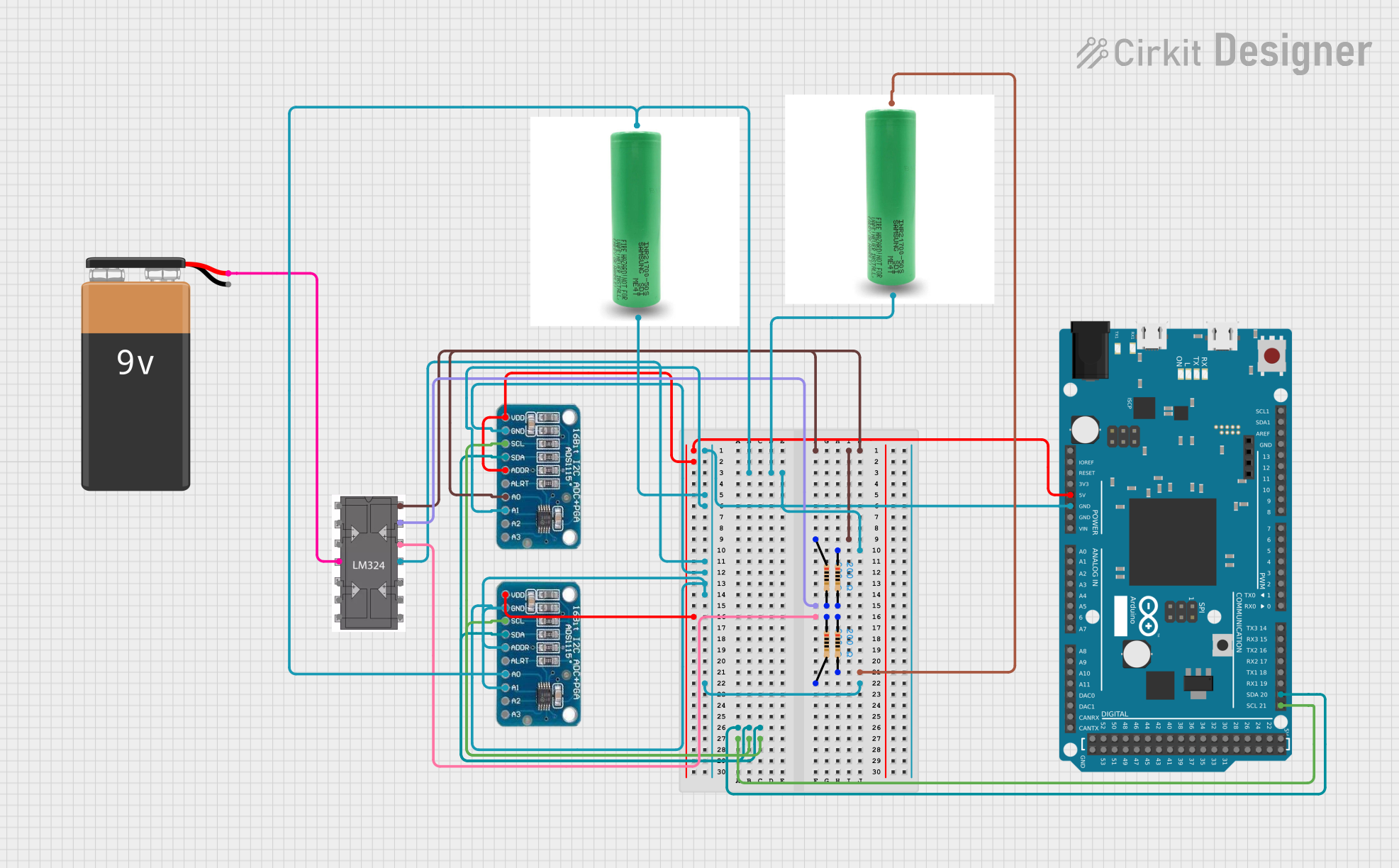
 Open Project in Cirkit Designer
Open Project in Cirkit Designer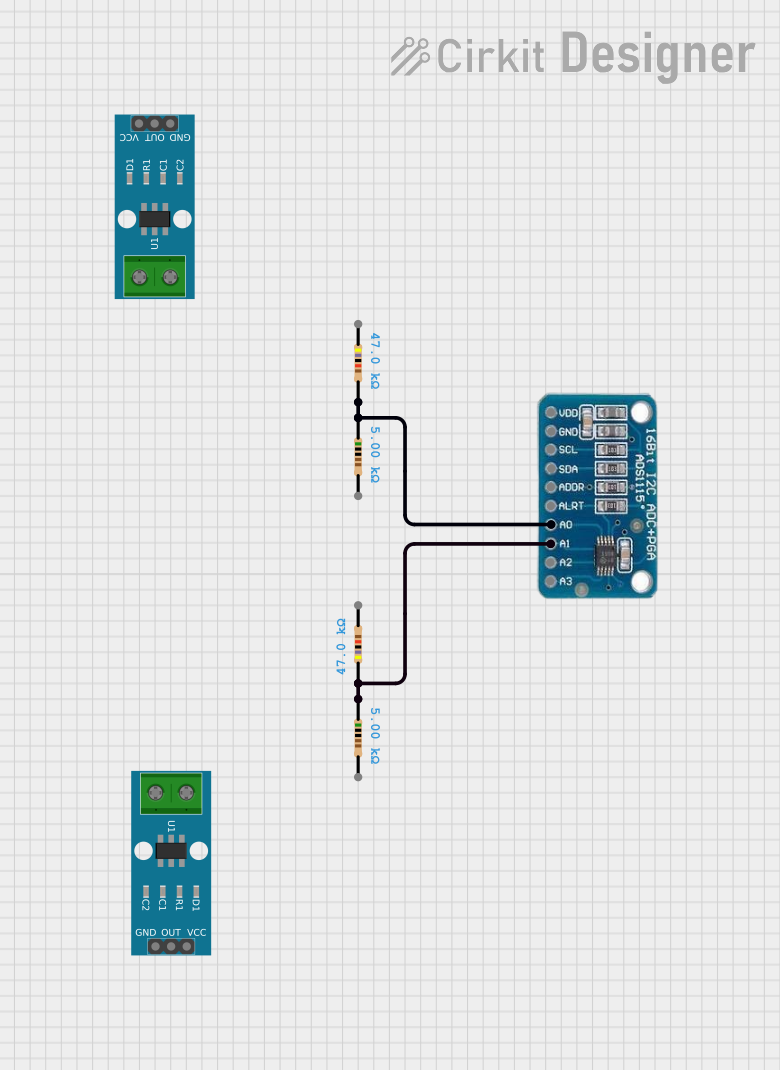
 Open Project in Cirkit Designer
Open Project in Cirkit Designer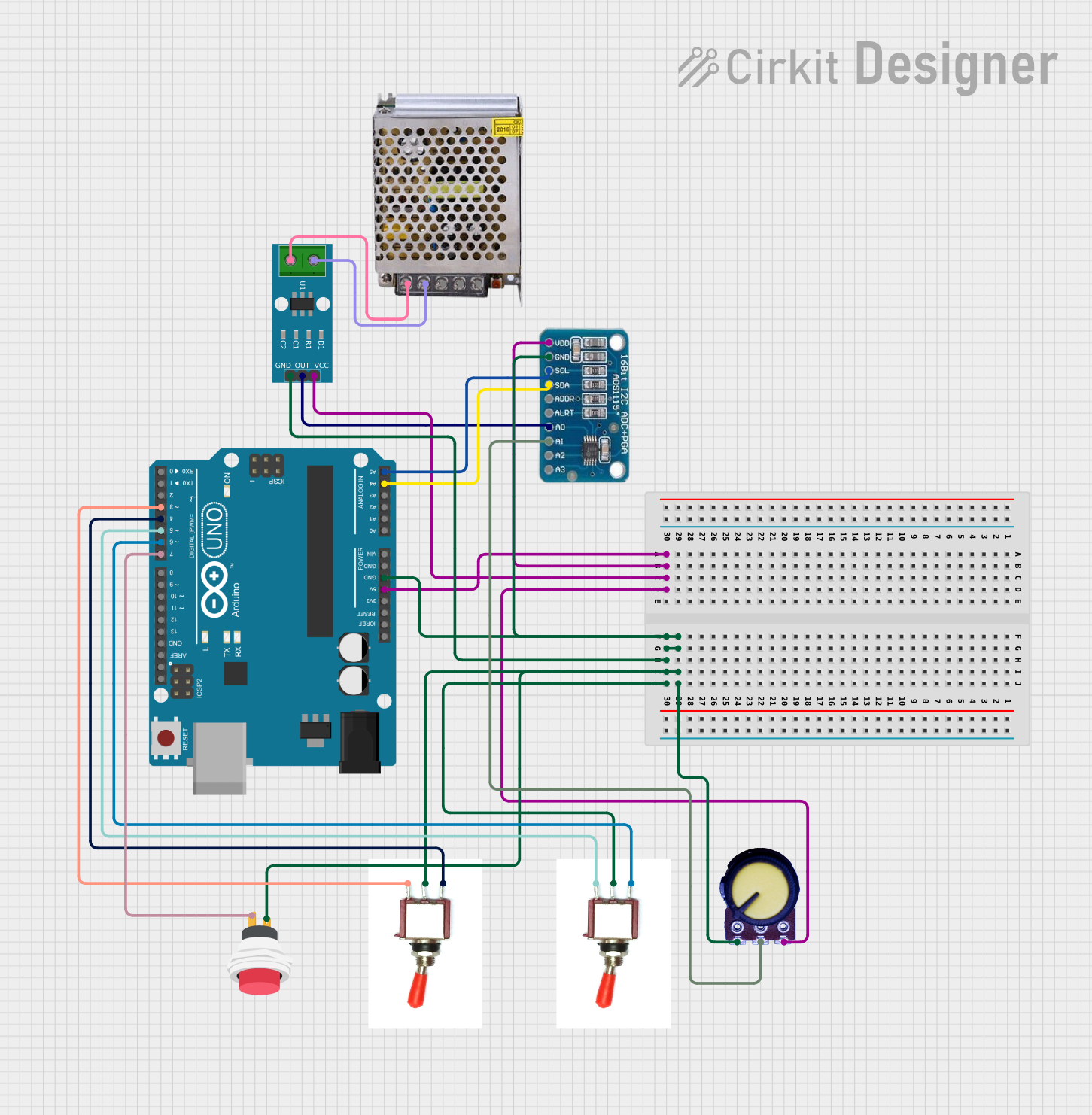
 Open Project in Cirkit Designer
Open Project in Cirkit Designer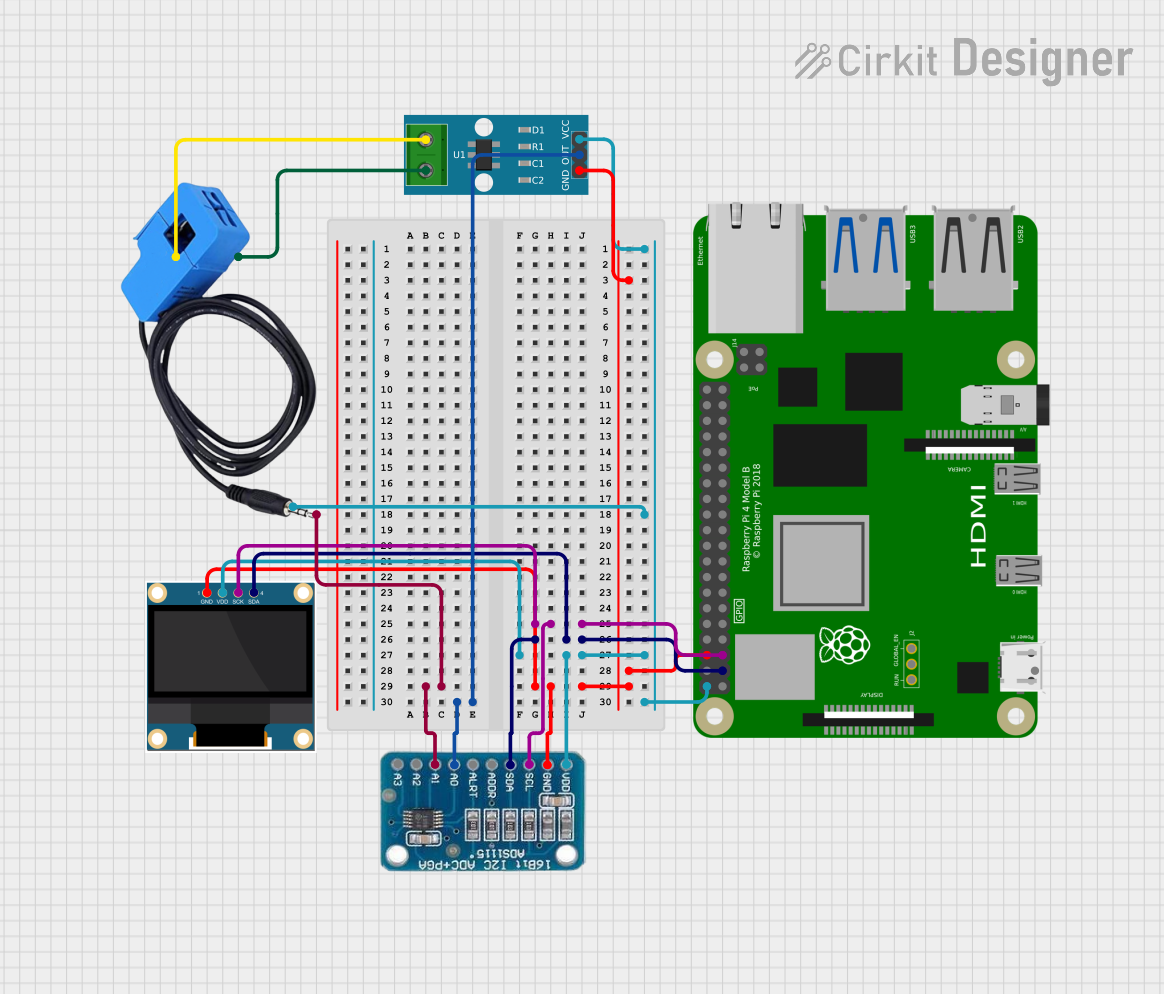
 Open Project in Cirkit Designer
Open Project in Cirkit DesignerExplore Projects Built with ADS1115

 Open Project in Cirkit Designer
Open Project in Cirkit Designer
 Open Project in Cirkit Designer
Open Project in Cirkit Designer
 Open Project in Cirkit Designer
Open Project in Cirkit Designer
 Open Project in Cirkit Designer
Open Project in Cirkit DesignerCommon Applications and Use Cases
- Data acquisition systems
- Portable instrumentation
- Battery monitoring and power management
- Temperature measurements with thermocouples or RTDs
- Industrial process control
- Signal conditioning for sensors
Technical Specifications
Key Technical Details
- Resolution: 16-bit
- Sampling Rate: Up to 860 samples per second (SPS)
- Input Voltage Range: ±256 mV to ±6.144 V (depending on PGA setting)
- Interface: I2C-compatible serial interface
- Operating Voltage: 2.0 V to 5.5 V
- Operating Temperature: -40°C to +125°C
Pin Configuration and Descriptions
| Pin Number | Pin Name | Description |
|---|---|---|
| 1 | VDD | Power supply (2.0 V to 5.5 V) |
| 2 | GND | Ground reference for power supply |
| 3 | SCL | I2C clock input |
| 4 | SDA | I2C data input/output |
| 5 | ADDR | Address select pin for I2C interface |
| 6 | ALERT/RDY | Alert/Ready pin (configurable) |
| 7 | A0 | Analog input channel 0 |
| 8 | A1 | Analog input channel 1 |
| 9 | A2 | Analog input channel 2 |
| 10 | A3 | Analog input channel 3 |
Usage Instructions
How to Use the ADS1115 in a Circuit
- Power Supply: Connect VDD to a 2.0 V to 5.5 V power source and GND to the system ground.
- I2C Communication: Connect SCL and SDA to the I2C bus of your microcontroller. Use pull-up resistors as required by your I2C bus specifications.
- Address Selection: Set the ADDR pin to the appropriate logic level to select one of four possible I2C addresses.
- Analog Inputs: Connect your analog signal to one or more of the A0 to A3 pins. Configure the ADS1115 for single-ended or differential measurements as needed.
- Configuration: Program the ADS1115 through the I2C interface to set the PGA, sampling rate, and other parameters.
Important Considerations and Best Practices
- Ensure that the analog input voltage does not exceed the power supply voltage.
- Use decoupling capacitors close to the power supply pins to minimize noise.
- Keep analog signal paths as short as possible to reduce noise pickup.
- Avoid running analog signal lines near high-current traces to prevent interference.
Troubleshooting and FAQs
Common Issues Users Might Face
- No response from the device: Check the I2C connections, ensure proper power supply, and verify that the I2C address matches the ADDR pin setting.
- Inaccurate readings: Ensure that the input signal is within the selected voltage range and that the ADS1115 is properly configured for the type of measurement (single-ended or differential).
Solutions and Tips for Troubleshooting
- Use an oscilloscope to check the I2C signals for proper communication.
- Check for solder bridges or cold solder joints that might affect the connections.
- Verify that the input signal is stable and within the expected range.
Example Code for Arduino UNO
Below is an example code snippet for interfacing the ADS1115 with an Arduino UNO using the Adafruit ADS1X15 library.
#include <Wire.h>
#include <Adafruit_ADS1015.h>
Adafruit_ADS1115 ads; // Create an instance of the ADS1115
void setup(void) {
Serial.begin(9600);
ads.begin(); // Initialize the ADS1115
}
void loop(void) {
int16_t adc0; // Variable to hold the ADC result
adc0 = ads.readADC_SingleEnded(0); // Read from channel 0
Serial.print("AIN0: ");
Serial.println(adc0);
delay(1000); // Wait for a second
}
Remember to install the Adafruit ADS1X15 library through the Arduino Library Manager before compiling the code. This example reads from channel 0 of the ADS1115 and prints the result to the Serial Monitor.
Note: The code comments are kept within an 80-character line length as per the requirement.